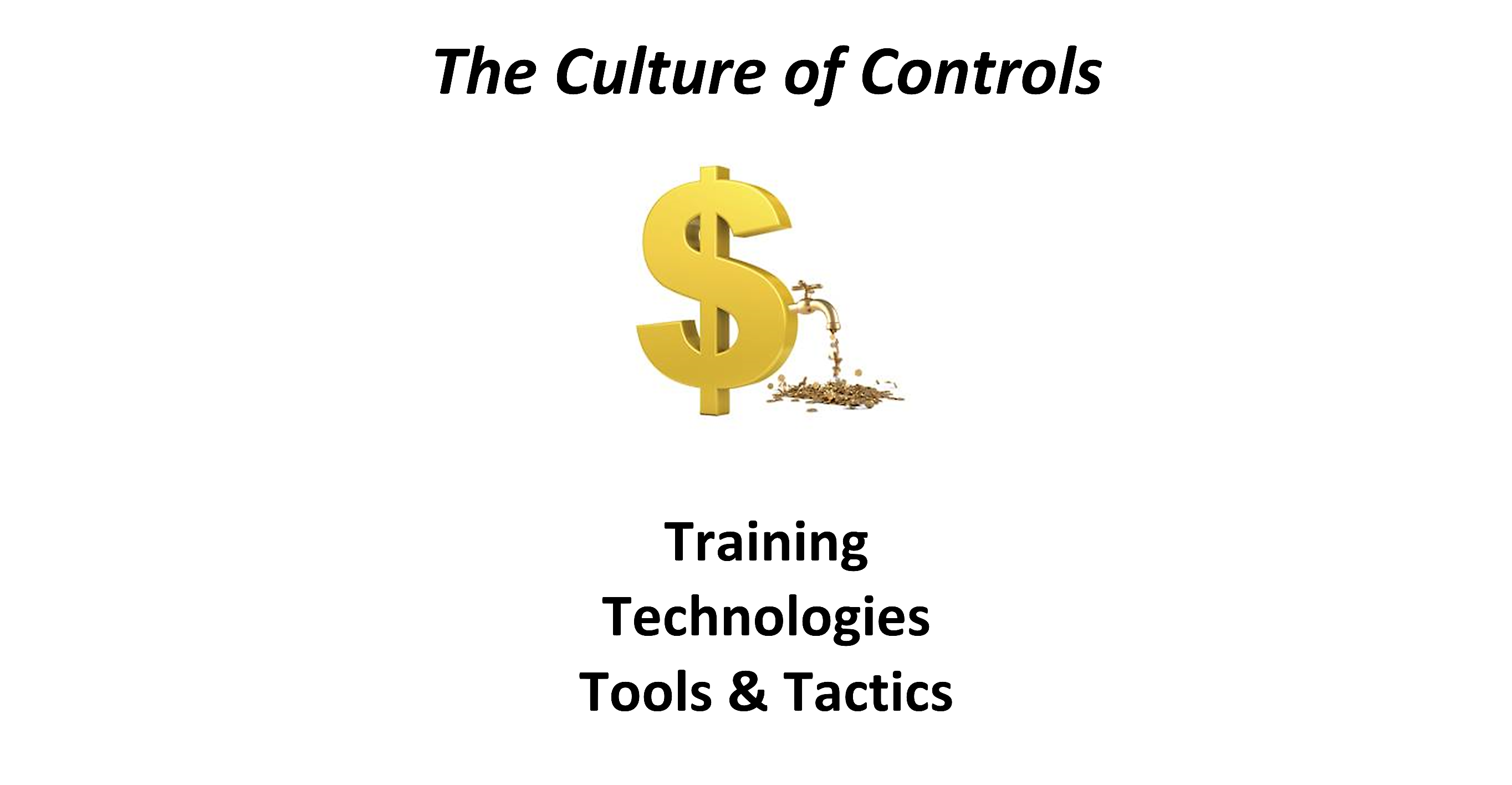Loss prevention step 1: employee orientation/company key audit
The loss prevention orientation and the company key audit are two of the most important elements of creating a ‘culture of controls’ for a convenience services operation, and they should be done in tandem, unexpectedly.

Image courtesy of iStock.
One of the most important foundational moves to dramatically and powerfully bring the “Cultural of Controls” into an operation. This also requires preparation and some stealth is the employee introduction. This all important, face-to-face, unexpected orientation will include a companywide key audit.
 |
Both of these programs should be completed on the same day, and if not done together, some keys that are not reordered and/or confiscated (that should not be in some employees’ hands) will disappear. And some “silent partners” will continue to pick your pockets with them.
At all my clients, we gathered all the employees together in early morning or shift ending meetings and presented them with a two-part agenda:
1. A formal loss prevention orientation with handouts they took to re-read later. And a signed acknowledgement form covering all orientation agenda items we collected and put in their employee file. This will come in handy during any future HR confrontations.
We also posted the handouts to remind them of the new approaches to loss prevention.
2. A surprise key audit, key lockdown on locking key rings, and the removal of all unauthorized or unnecessary keys from all employees.
The number of unauthorized and unnecessary keys recovered from clients often was huge.
Correctly implementing these two programs slashed unexplained losses in every single operation in the coming accounting months. Sometimes, a few owners grew angry as they realized that many employees had been stealing for years. The employees, now intimidated, stopped their illicit activities.
Loss prevention orientation
This is one of the most underestimated tactics. Any employer can customize it to build a Culture of Controls into the day-to-day operating culture of their company. Human resources has long recognized the importance of employee orientations. However, most operators overlook the significance of including the loss prevention component.
Here is why. When it comes to fraud, theft and costly business abuse in all its many forms, there are three types of employees.
In 1999 Michael G. Kessler & Associates, Ltd. an international investigative and forensic accounting firm, published a ground-breaking national study on employee theft. They concluded that in relation to internal theft, there were three types of employees.
How many employees steal?
The breakdown is:
- 21% of employees will never steal no matter the opportunity.
- 13% of employees will steal at every opportunity.
- 66% of employees may steal if they see the 13% doing it and getting away with it or if the 13% are caught or exposed and there are no real consequences.
This research confirmation came out 22 years ago. At the time, I was in the 27th year of my loss prevention career. I immediately saw it as a blinding flash of the obvious. All of us in loss prevention understood the enormity of the employee theft, fraud, and business abuse problems. Now, we had an insightful breakdown.
Powerful Loss Prevention: Converting 66% to 100% Honesty
A well-structured loss prevention orientation is foundational. The target is the 66% who sit on the integrity fence. The 13% are not committed thieves or crafty incorrigibles. If the right controls are in place, you can easily persuade them to join the 21% who are 100% honest, 100% of the time. A well-structured and directly communicated loss prevention orientation is a tremendous start to convince them to fall on the right side of the integrity fence.
At my largest client, RE Services in Lafayette, Georgia, many managers were surprised by the detailed, revealing, and direct nature of the loss prevention orientations. We briefed every single employee on the exact losses. Furthermore, we thoroughly explained the training, technology, tools, and tactics deployed to expose those responsible. These managers thought showing all our investigative “cards” was foolish and we wouldn’t be able to catch any dishonest employees by “telegraphing” our punches.
Swift Reversal: 50% Reduction in Losses Ignites Profit Surge
In a few accounting months, the stark and obvious realization dawned that they were wrong, as many, if not most of the 66% committing “monkey see – monkey do” frauds, thefts, and business abuses conducted by the 13% stopped. The product/cash/productivity losses were soon slashed by 50%. This profit enhancement, moreover, occurred in the best-performing district, with the strongest management team in the company.
(In the context of the vending industry business, abuse encompasses a variety of issues, consequently leading to lost productivity. Moreover, this includes general substandard and unacceptable conduct, poor customer service, and unnecessary waste. Moreover, it transforms activities such as goofing off and stealing time into a daily art form.)
As time went on, the 66% had stopped misbehaving and stealing, but the 13% started again. But now, they stood out like sore thumbs, and we swiftly dealt with them. This is a pattern that happened in client after client.
Unveiling Theft Deterrence Marketing: A Key Component in Employee Loss Prevention
Additionally, within the upcoming blog, there is another term to describe employee loss prevention orientations and most of the other programs that interconnect into the Culture of Controls. This term is Theft Deterrence Marketing. Consequently, the forthcoming blog will thoroughly explain it. Just as you market your products and service to your customers, you can, and must, similarly market TDM to your employees.
In the next blog I will also address the number one concern of owners: “We don’t want to make all our employees feel like we don’t trust them because of the actions of a few bad apples.”
Article courtesy of Vending Times



